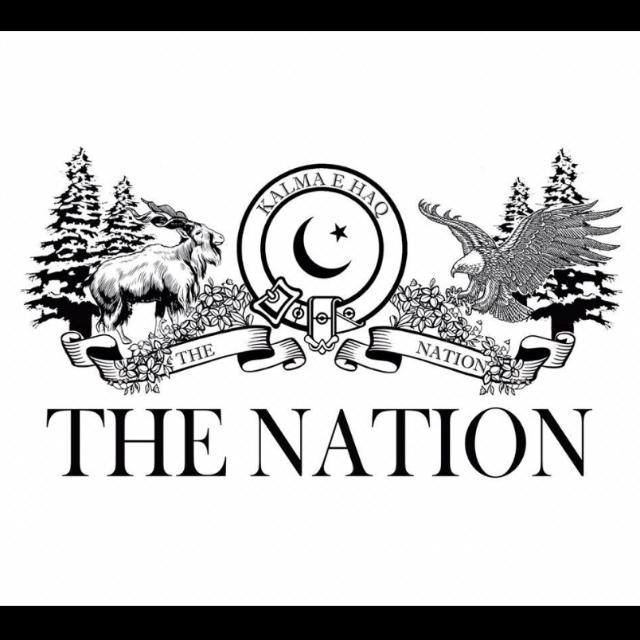[ad_1]
Traditionally, Pakistan has been dependent on textiles for the major part of its exports, which has continued to grow steadily, sustained various transitions for the good and still accounts for almost two-thirds of all exports the country makes. However, there is only one industry, at the moment, which is poised, positioned and has tangibly demonstrated the potential for exponential growth over the last couple of years, i.e. information technology and information technology-enabled services (ITeS) industry.
As per the latest and official trade statistics, Pakistan IT industry has posted a growth of 87 percent over the past two years collectively and has reached $2.615 in FY22 from $1.4 billion in FY20. However, the projection for FY22 by the ministry of information & telecom was $3.5 billion and industry leaders were expecting $3.12 billion. There was a concrete rationale behind such optimism.
Projection for FY22 IT exports by the ministry of information & telecom (MoITT) was $3.5 billion and projection by industry leaders was $3.12 billion.
Firstly, during the peak of covid-19, Pakistan never experienced the total shut down like many other regional, sub-regional and other competing economies having substantive shares of freelancing, business process outsourcing (BPO) industry and IT exports to North America and Europe. It meant transfer of contracts or sub-contracting for Pakistani IT companies.
Secondly, Covid-19 boosted the global demand for cheap and abundant supply of skilled workforce in IT and Pakistan could fill the gap in a way that proved to be cost-competitive and centered around micro, small and medium enterprises (MSMEs) or home-based freelancers.
Thirdly, Pakistani authorities and banks woke up, for the first time, to the growing demand from the IT industry to acknowledge and enable the inclusion of MSMEs and freelancers into financial and taxation system. That allowed more incomes to be remitted back to the country instead of being parked outside or brought through informal channels.
There has been some avoidable yet glaring mismanagement in the policymaking circles that barred the country from realizing its full potential in IT exports during FY22; and, that is not only limited to ministry of IT alone. There were a few matters that demanded various ministries and institutions to work cross-functionally, i.e. IT, finance, revenue, PSEB and SBP.
To top it all, the government abruptly withdrew tax exemption to IT industry. It created panic, distrust, recalculation of contracts and disrupted the planned investments in the industry by the family-owned conglomerates looking for diversification. It was not needed and resulted in the drop in year-on-year export growth rate from 47 percent in FY21 to 24 percent in FY22. That lost opportunity of $500 million was precious for foreign exchange reserves, rupee-dollar parity, management of current account deficit (CAD), employment generation and, in some cases, sustenance for the budding freelancers.
So, what can be done on policy front now as the industry finds itself in a freelancing and outsourcing boom which is not yet over: (i) reverse the tax credit regime and immediately reinstate tax holiday for IT industry till 2025 (ii) allow at least 50 percent of the export remittances to be remitted out by IT companies registered with Pakistan Software Export Board (PSEB) through banking channels without meddling of the central bank (iii) reintroduce flat 5 percent cash reward on export remittances, instead of a growth-based, multi-layered approach(iv) provide incentives offered by Special Technology Zones Authority (STZA) to the existing IT companies – exponential growth needs expansions as much as new entrants (v) allow exporters and freelancers to park their earnings in foreign exchange in roshan digital accounts (RDAs) to incentivize the remittances (vi) SBP should introduce a short-term and dedicated export finance scheme (EFS) at a discount of 500 bps to the policy rate, i.e. at 10 percent (vii) all IT equipment including laptops should be made duty-free andmade available on interest-free repayments; instead of distributing them free.
All the IT industry needs is a facilitative, consistent and internationally-aligned policy framework. No mega investments by the government, no external loans, no taxpayers’ money and no governmental favors to the blue-eyed.
It is a question of an additional one billion dollars in FY23 and up to an additional $15 billion by FY30. Pakistan produces twenty five thousand IT graduates a year and attaining these numbers mean not only absorbing new graduates into high-paying jobs, but also offering employment to the unemployed IT workforce. They are skilled, energetic and can bring buoyancy to the economy.
The writer is an advisor on policy advocacy, media and export marketing. He can be reached at faizhaqofficial@gmail.com.
[ad_2]
Source link








